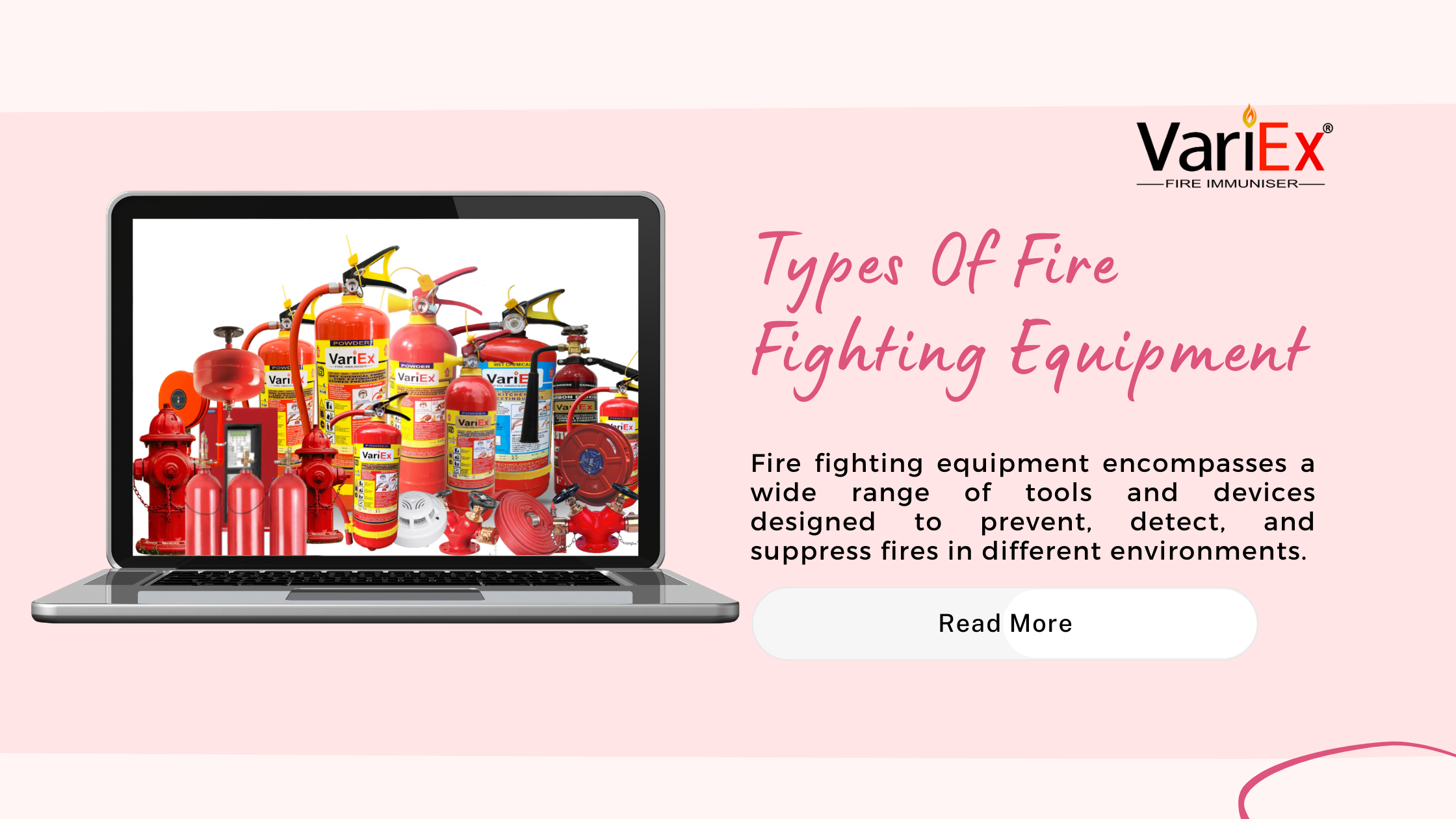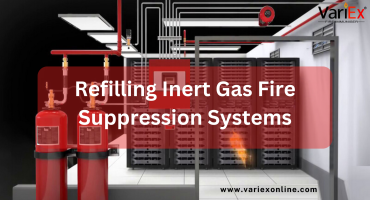![]()
Fire Immuniser
+91-7829629111
Email: info@variex.in
Varistor Technologies Pvt. Ltd.
Block-1, First Floor, Ardente Office One, Hoodi Circle, ITPL Main Road, Bengaluru, Karnataka 560048, IN
Types Of Fire Fighting Equipment
Fire fighting equipment encompasses a wide range of tools and devices designed to prevent, detect, and suppress fires in different environments. Here's a more detailed exploration of the various types of fire fighting equipment:
Frequently Asked Questions
Fire fighting equipment encompasses a variety of tools and devices designed to prevent, detect, and suppress fires in different environments.
Common types of fire extinguishers include water, foam, CO2, dry chemical powder, halon (phased out), and clean agent extinguishers.
Fire sprinkler systems consist of sprinkler heads connected to a network of pipes filled with water or air. When heat activates a sprinkler head, it releases water or gas to suppress or extinguish the fire.
Fire blankets are flame-resistant materials used to smother small fires or wrap around individuals to shield them from flames and heat during evacuations.
Fire alarm systems consist of detectors (smoke, heat, or flame), alarm notification devices (bells, horns, strobes), control panels, and backup power sources. They detect fire-related phenomena and alert occupants to evacuate.
Final Say
At VariEx.in and VariexOnline.com, we specialize in supplying and installing top-quality fire fighting systems and equipment. From fire extinguishers to advanced suppression systems, we offer comprehensive solutions tailored to your needs. Our experienced team ensures precise installation and maintenance for optimal safety.
Trust VariEx for reliable fire protection. Contact us online or call 7829629111 to learn more.










